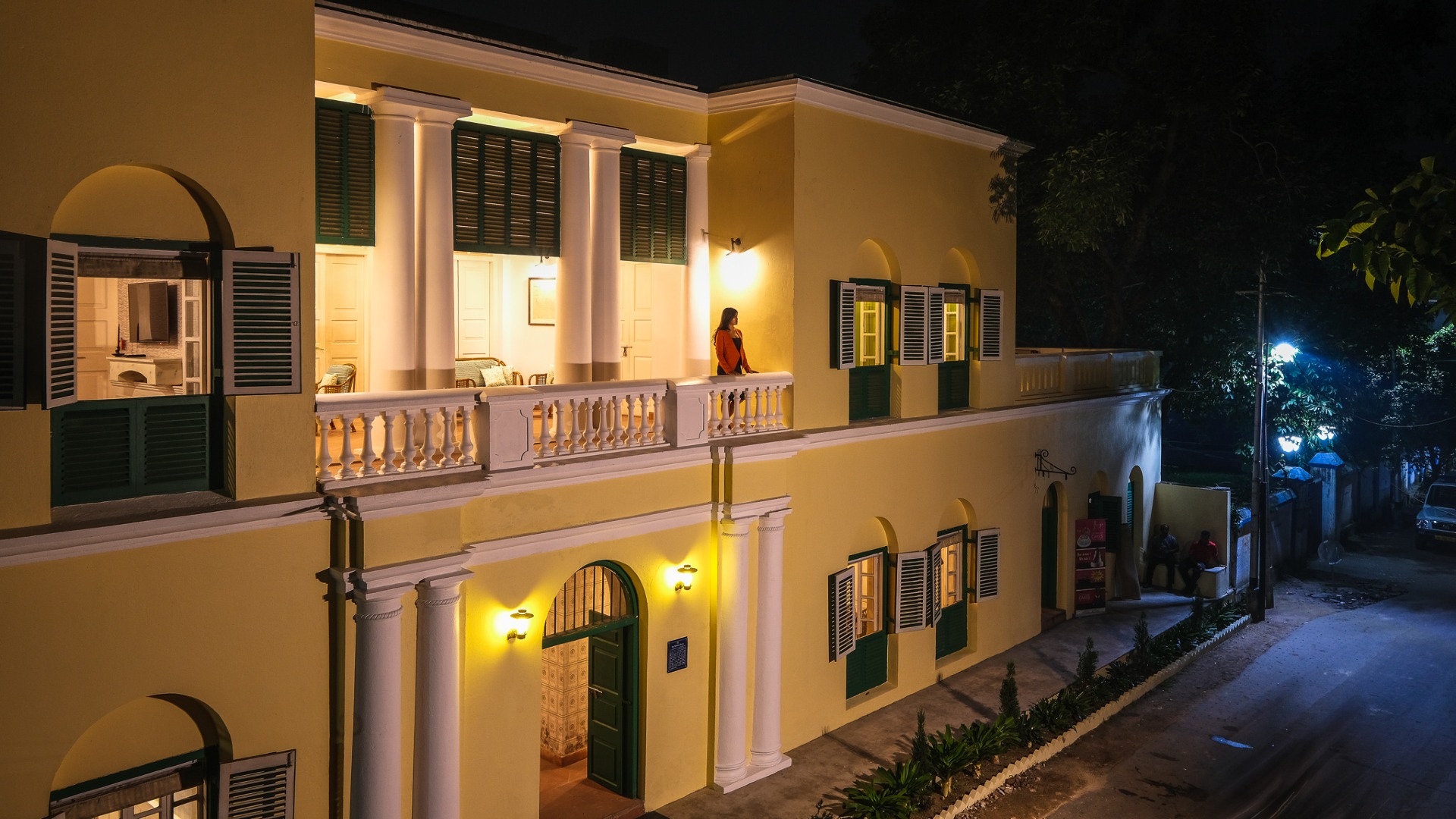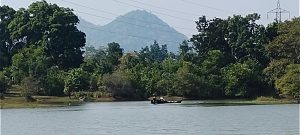How a dilapidated historic building of Danish era in Serampore, near Kolkata in the state of West Bengal, India has been revived maintaining its architectural soul through the series of excellent initiatives taken by the National Museum of Denmark, in collaboration with the West Bengal Heritage Commission; and how it has become an accommodation with vintage romanticism and modern amenities. It was a hotel in danish regime.
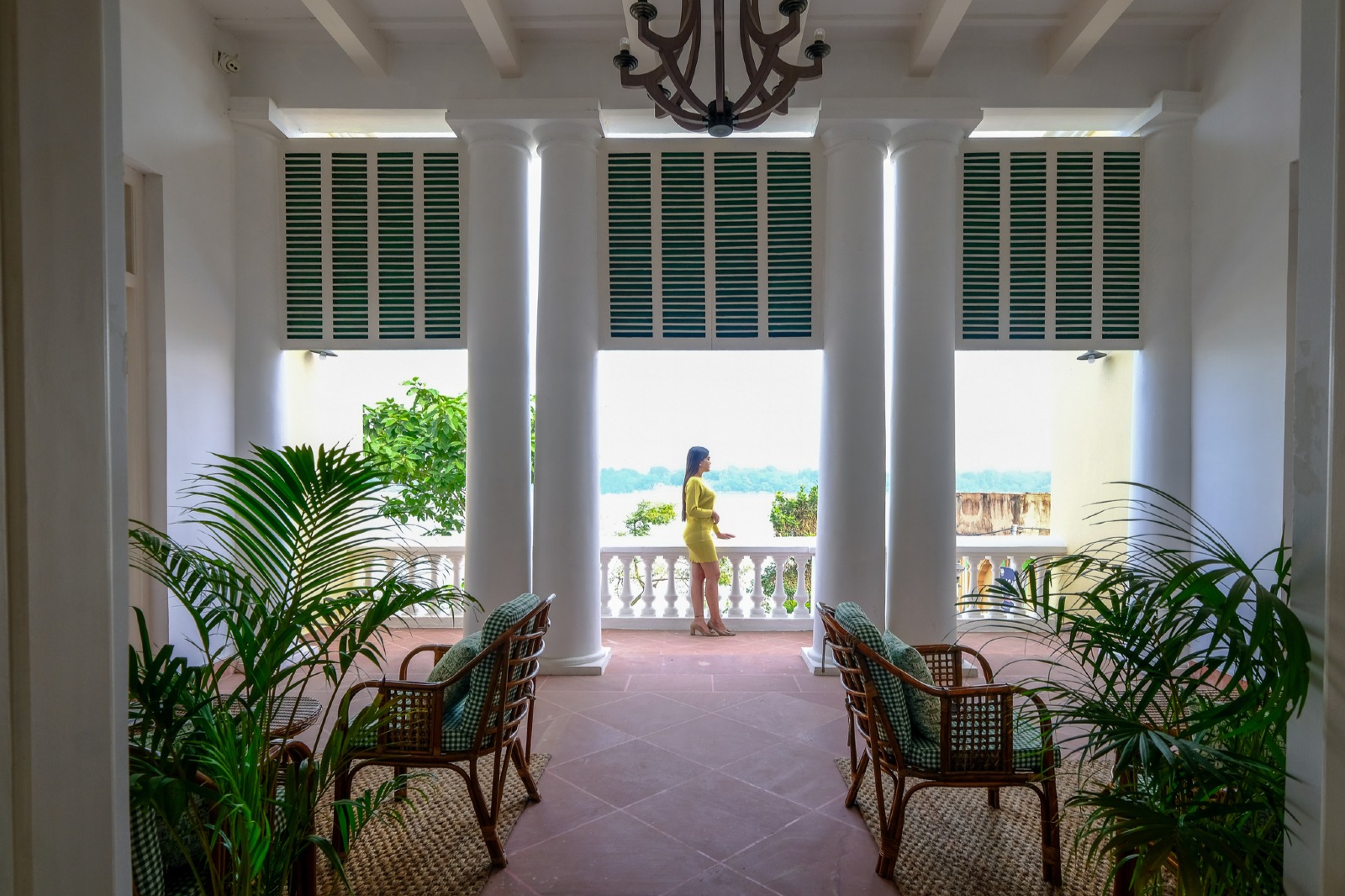
Serampore, only 30 Kms from kolkata by road and 20 Kms from Howrah station by local trains is a historic town located on the bank of the Hoogli River a part of the mighty Ganges was a Danish Colony from 1755 to 1845.The Danish East India Company established its right on the land with the hoisting of Danish Flag on the bank of the Ganga at Nishan Ghat of Serampore on 8 October 1755. Serampore was then officially called as Fredrick Nagar after Fredrick VI, the King of Denmark. The town Serampore in the Hoogli District of West Bengal, India is dotted with historical structures. Restoration of the dilapidated riverfront Denmark Tavern in Serampore is a tribute to history.
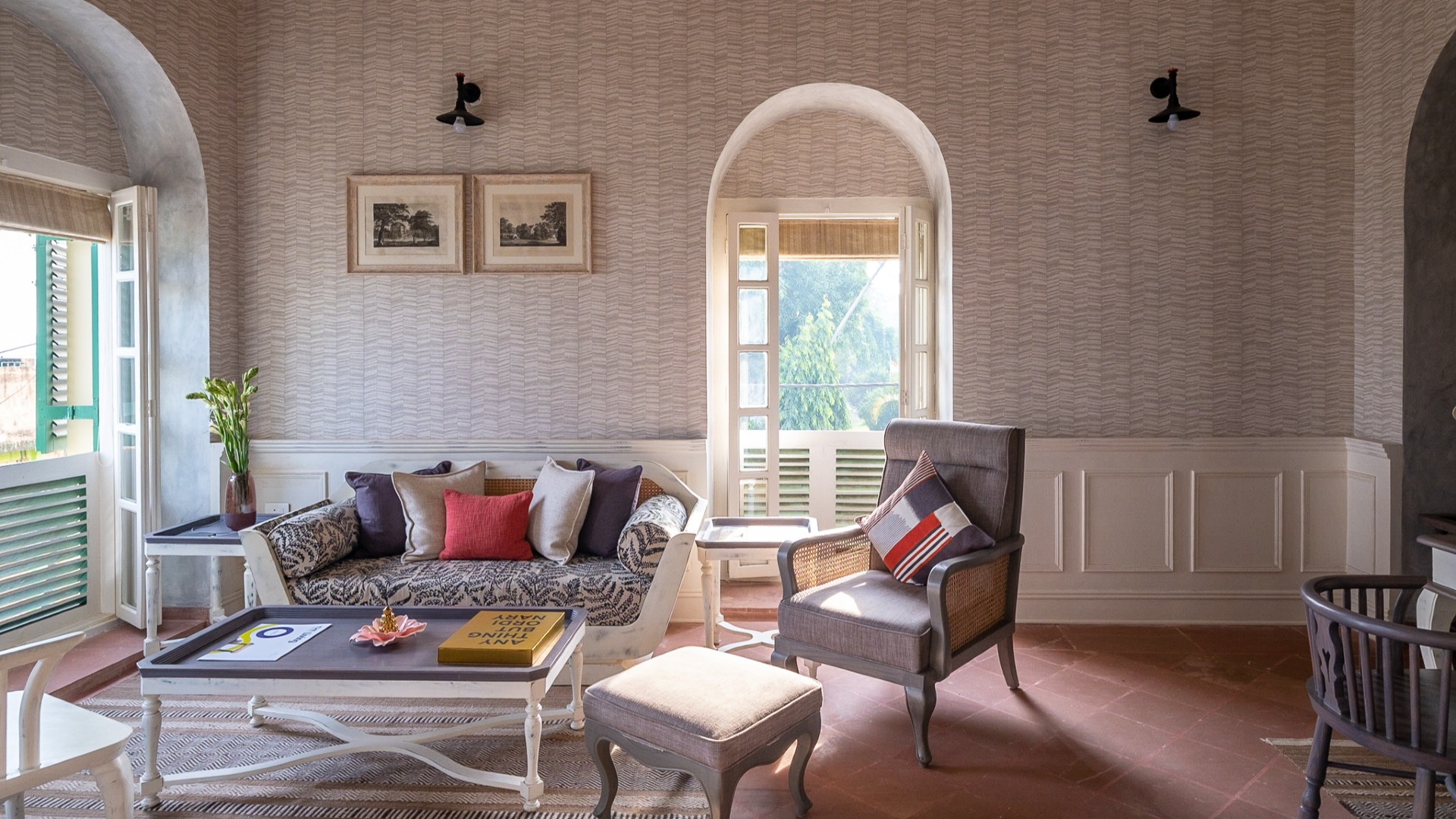
Denmark tavern is a more than 232-year-old building that once used to be a riverside cafe and hotel. A British inn-keeper, formar owner of London Tavern, James Parr opened Denmark Tavern and Hotel in this property to cater food and lodging facilitis for the merchants who used to travel along the Hoogly River in that colonial era.
Following the British acquisition in 1845, Serampore started to grow as an industrial town and declined as a trading hub. The tavern of James Parr and many other buildings left behind uncared for.

Thanks to ‘Serampore Initiative’ taken by The National Museum of Denmark in collaboration with West Bengal Heritage Commission in 2009. Restoration work started in 2015 and completed in 2018. Harmonized work of architects, academicians, conservationists has made it possible. It was not an easy task to retain the tavern’s 18-century architectural look and vive. Local people also wished to get the property revived.
In 2018 it was opend for people. The restored Denmark Tavern is now an eclactic and at the same time homy property on the bank of the hoogli River with its 4-star vintage suites and furnitures suited to the aqmbiance, balcony looking over the river, backyard, lounge and multi-cuisine restaurant. The property is managed by the Park Hotels group. The Denmark Tavern boasts of historic heritage with a tinge of danish culture.
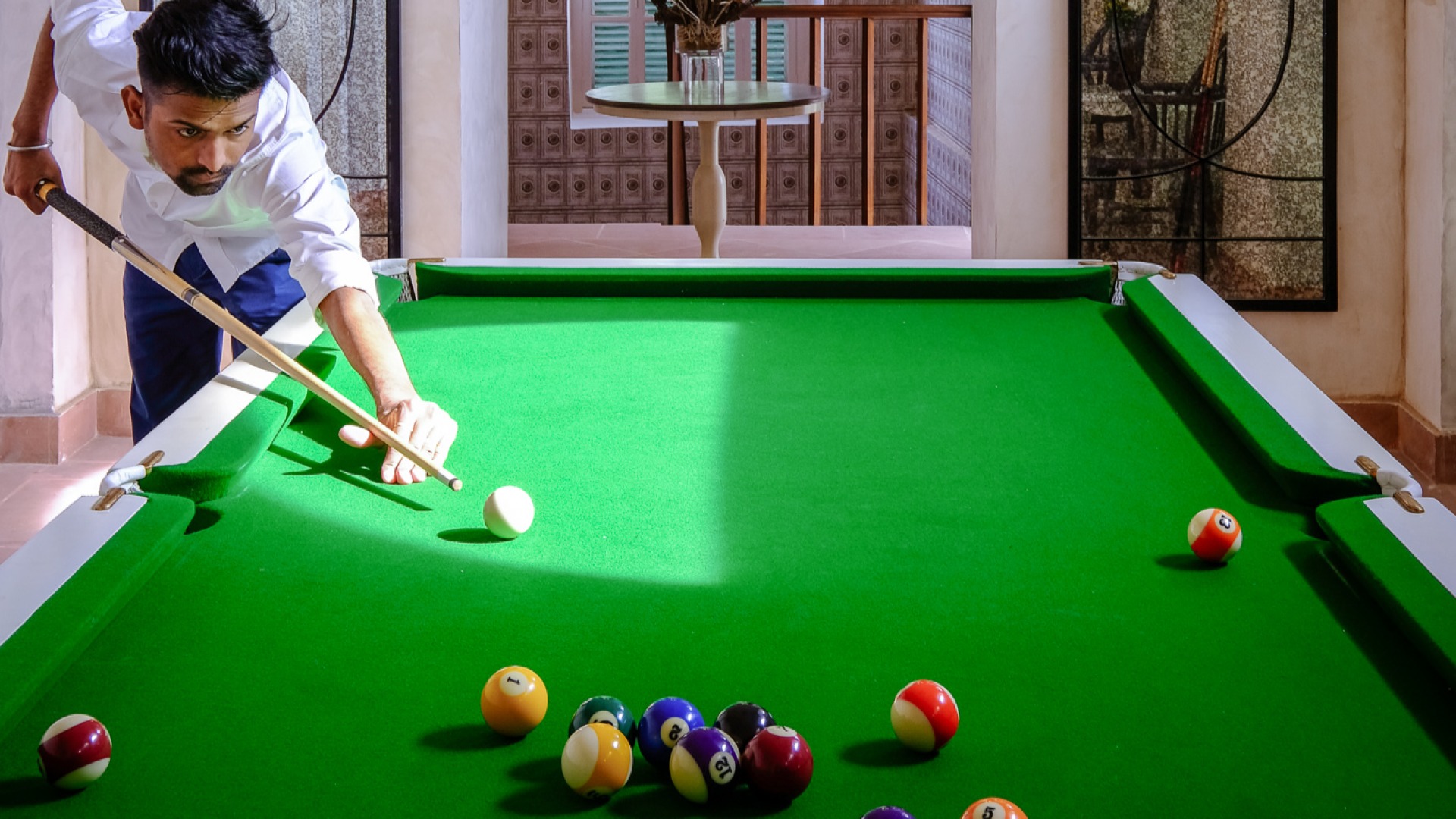
The Denmark Tavern in Serampore has become a popular destination for travellers, specially weekenders. Footfall of foreign visitors is increasing. People are coming to visit the town to catch a glimpse of the bygone era.
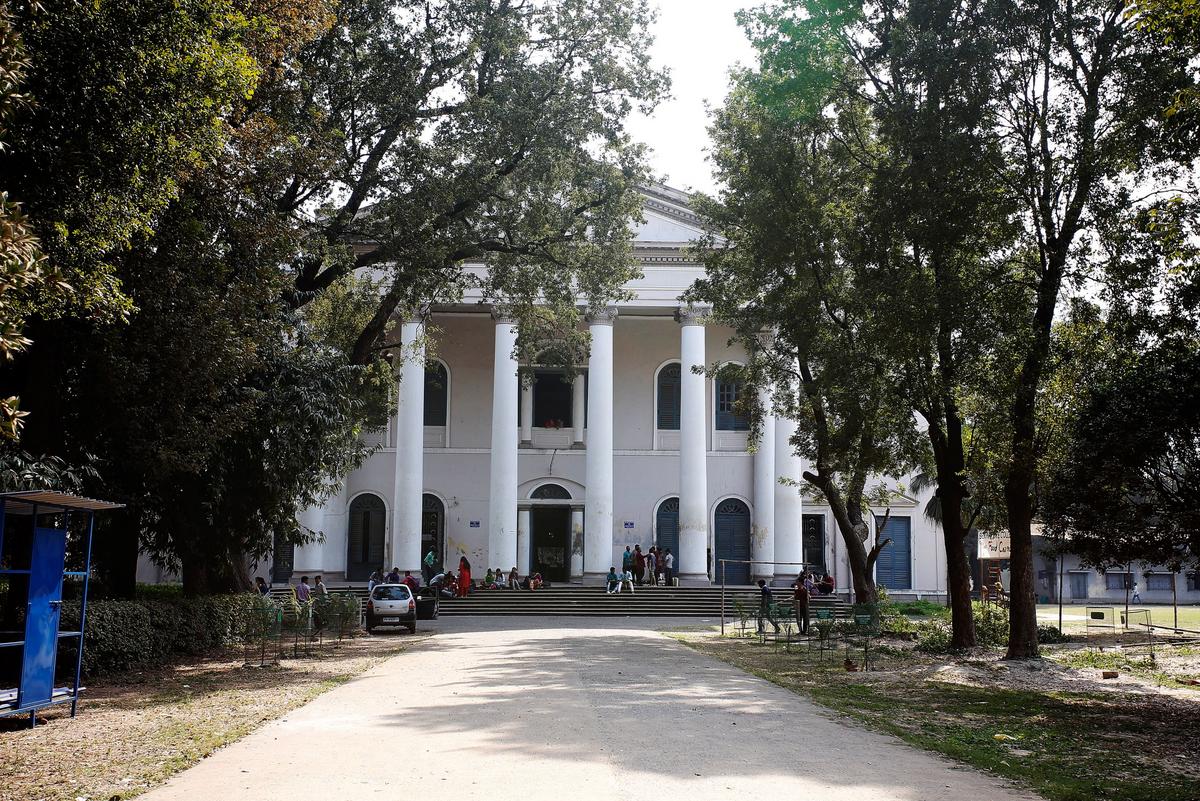
Serampore College, one Km away from Denmark tavern, was established in 1818 is very much alive after 200 years. The college was the reasult of the initiatives of William Carey, William Ward & Joshua Marshman called together the ‘Serampore Trio’, three pioneering English missionaries got themselves together in Bengal. King Frederick VI of Denmark granted a Royal Charter giving Serampore College the status of a university on 23 February 1827.
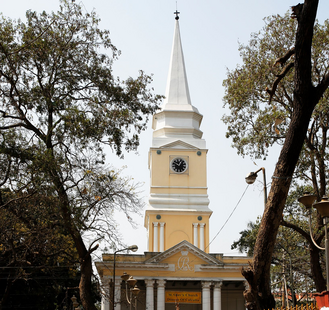
St Olav’s Church near The Denmark Tavern, built in the year 1806 and renoveted later, has been awarded the UNESCO Asia-Pacific Award of distinction for cultural Heritage conservation in 2016. You will see the remains of centuries-old houses while you will go down the byways of Serampore, the earstwhile European trade center in Bengal. Interested ones may visit the Danish Cemetery. The Danish Tavern is there to stay.
Address of The Danish Tavern: N.N Roy Street, Serampore Police Line LP 39, 2/1, Serampore, West Bengal 712201. Phone: 033 2652 4736, Toll Free Number: 1800 102 7275.
Website: https://www.theparkhotels.com/the-denmark-tavern/
The park Hotels: Contact Nos.
1800 102 7275 (IND)
+91 1800 102 7275 (INTL)
Photo courtesy: The Denmark Tavern (The Park),
Serampore College and St. Olav’s Church photos: National Museum of Denmark.


